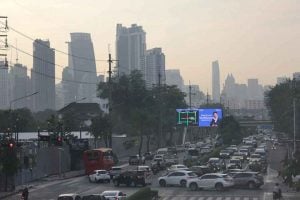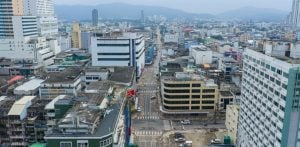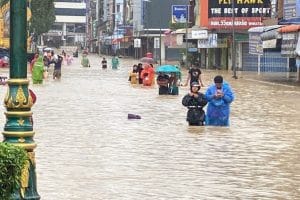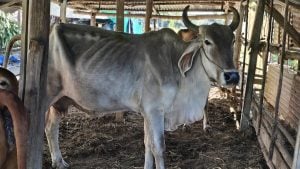Bangkok 14th worst air quality globally, more PM2.5 next week
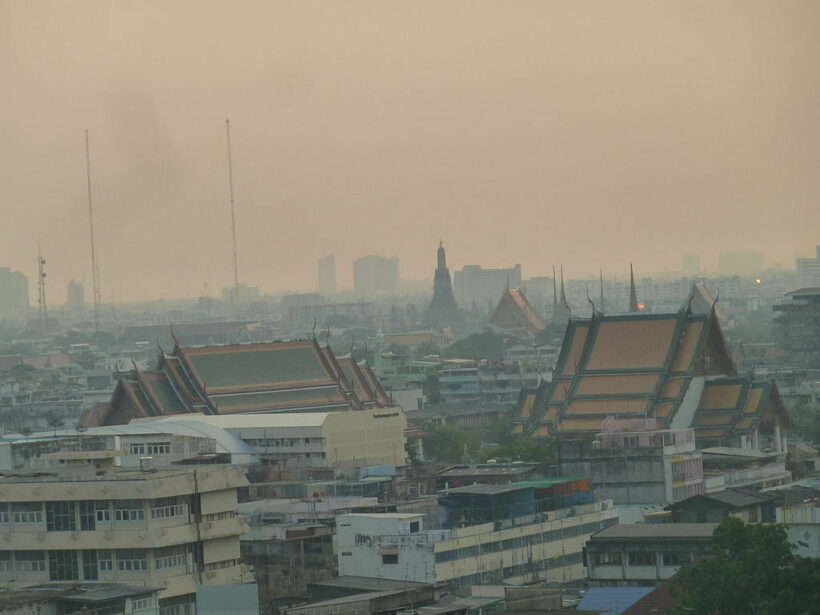
Not quite as pride-inducing as being ranked the number 1 city for a workation in the world or the 4th best place to live in Southeast Asia, but Bangkok has recently been listed as having the 14th worst air pollution globally on the World Air Quality Index. The dubious honour was awarded on Wednesday as Bangkok faces more days where particle matter in the air reaches the dangerous PM2.5 level next week.
The Pollution Control Department warns that air quality in Bangkok and around the country will worsen over the next 7 days with air quality readings yesterday by the PCD and Bangkok Metropolitan Administration showing micron levels of 39 to 96 in the dangerous PM2.5 level.
Particles at that PM2.5 level can cause lung, throat, eye, and nose irritation and other short-term health effects like shortness of breath, runny nose, coughing and sneezing as the fine, tiny particles are able to penetrate deep into a person’s respiratory tract.
50 microns is the standard level and Bangkok is reporting excessive dust in the air in most areas. One location in neighbouring Samut Prakan and 2 in Bangkok province are considered particularly unhealthy. Paknam sub-district in Samut Prakan registered 93 microns, while Ma Charoen-Phetkasem 81 in Nong Khaem district had readings of 101 microns and Thawee Wattana canal in Thawee Wattana district recorded 97 microns.
Outside of Bangkok, other provinces around Thailand have also been warned by the PCD about the high levels of PM2.5 detected in their air, with people being advised not to take part in unnecessary outdoor activities and to wear a face mask if you must be outside. Chon Buri, Nakhon Pathom, Phitsanulok, Ratchaburi, Samut Prakan, Samut Sakhon, and Saraburi have all been noted in particular to have dangerous air quality.
| Regional Air Quality Readings | |
| Northern Region | 22-51 microns |
| Northeastern Region | 18-45 microns |
| Central and Western Regions | 39-67 microns |
| Eastern Region | 28-57 microns |
| Southern Region | 9-30 microns |
SOURCE: Thai PBS World
Latest Thailand News
Follow The Thaiger on Google News:






